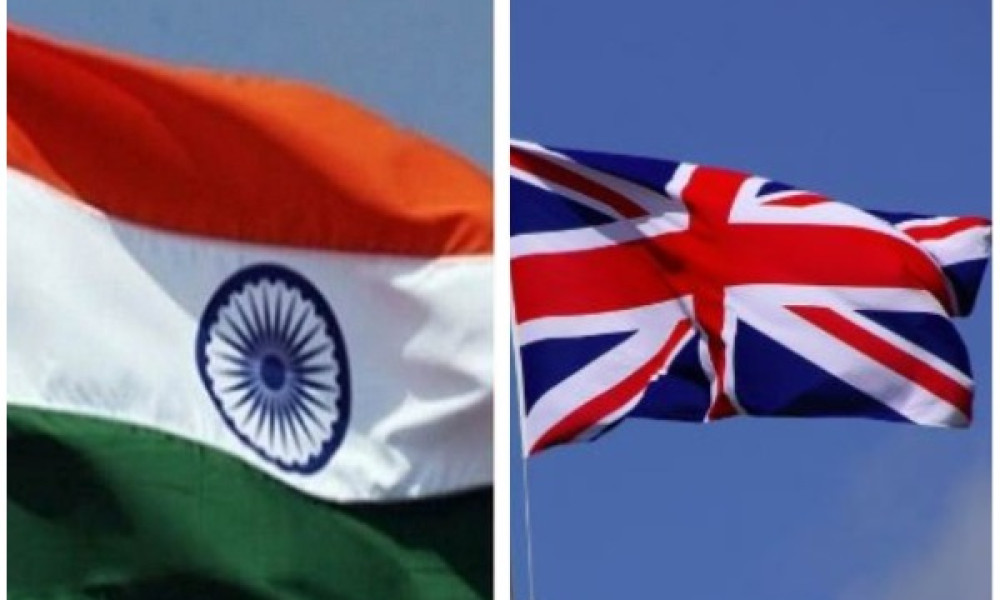The Indian automobile industry is buzzing with excitement over the newly signed India-UK Free Trade Agreement (FTA). Industry leaders are calling it a transformative moment that will reshape trade dynamics between the two nations. The deal, finalized in the presence of Prime Ministers Narendra Modi and Keir Starmer, is being hailed as a landmark achievement with far-reaching implications for the automotive sector.
Anish Shah, Group CEO & MD of Mahindra Group, didn’t hold back his enthusiasm. “It’s not just a win for trade, but a blueprint for a modern, values-led partnership,” he said. Shah emphasized how the FTA could spur innovation, sustainability, and inclusive growth while unlocking economic potential in key areas like green mobility and advanced manufacturing.
The Society of Indian Automobile Manufacturers (SIAM), represented by its President Shailesh Chandra, also voiced strong support. Chandra highlighted the agreement as a gateway to greater global competitiveness and technological progress for Indian automakers. “We view this as part of a wider strategic engagement,” he added, underscoring the new opportunities for collaboration with the UK.
So, what’s in it for the auto industry? The deal introduces a Tariff Rate Quota (TRQ) system, a first for India in any FTA. Here’s the breakdown: Large-engine cars (petrol above 3000 cc and diesel over 2500 cc) will see duties drop from a staggering 100% to just 10% over 15 years. The quota starts at 10,000 units and expands to 19,000 units in five years.
Mid-sized cars (1500-2500 cc diesel or up to 3000 cc petrol) get a 50% duty initially, sliding down to 10% by year five. Small cars under 1500 cc follow a similar path, with rising quotas and declining tariffs. Vehicles outside these quotas still face hefty duties ranging from 50% to 95%, but the TRQ creates a clear advantage for UK-built imports.
This is a seismic shift for India, which has historically relied on high tariffs to shield its domestic auto industry. By year five, up to 37,000 UK-made ICE vehicles could enter India annually at just 10% duty. That’s a massive drop from the current 110% base rate.
Luxury British brands like Jaguar and Land Rover (both owned by Tata Motors) stand to gain significantly, as do other UK-based exporters. The deal not only eases market access but also sets the stage for deeper industrial collaboration.
The India-UK FTA marks a new chapter in bilateral trade, one where the auto industry is poised to reap substantial benefits. With reduced barriers and clearer pathways for cooperation, the agreement could fuel growth, innovation, and job creation in both nations.

